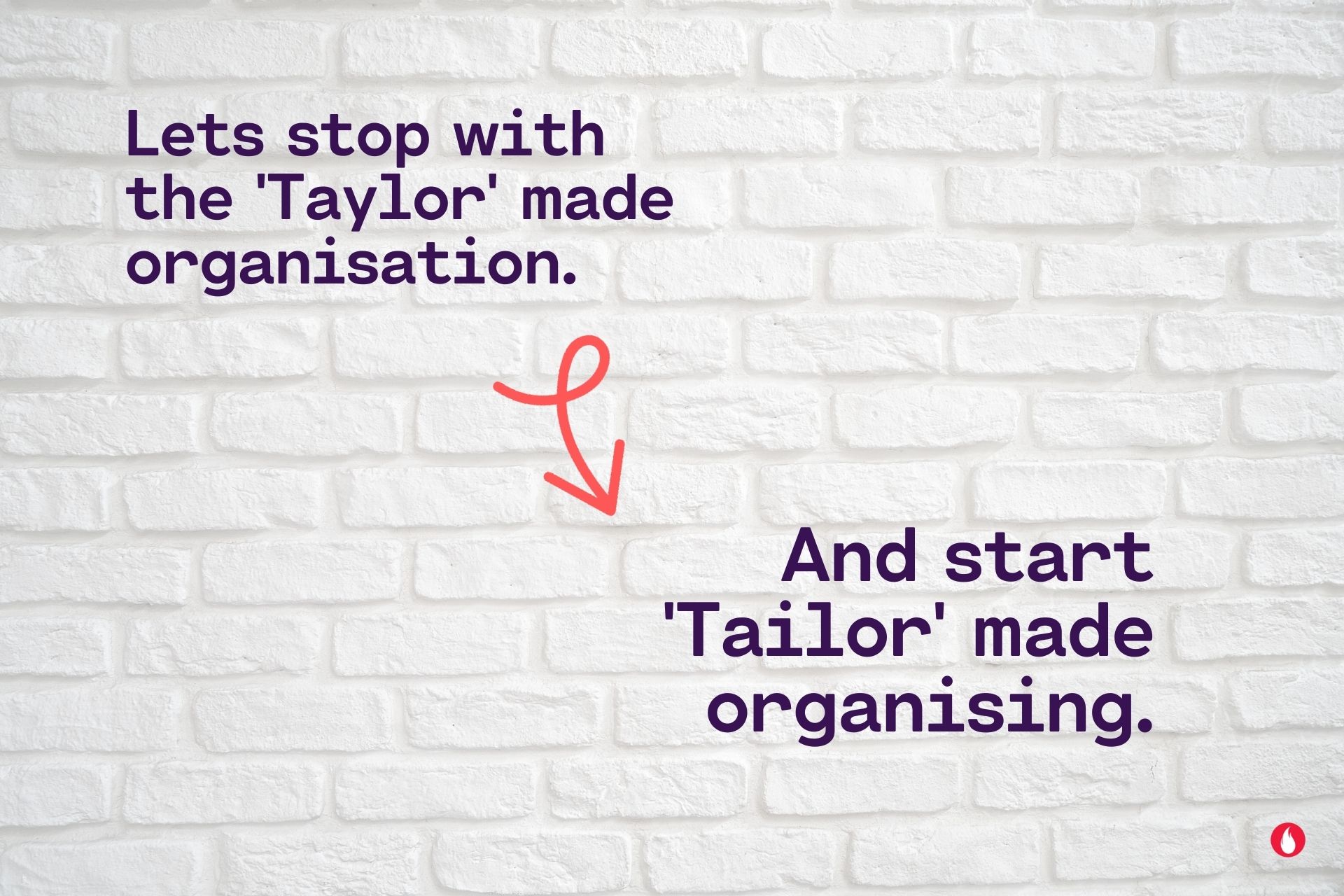Did you know that a typical fighter jet has a lifetime of 30 – 40 years? And invariably these planes get a major software and hardware upgrade ‘once’ in their middle years. Which means planes like the F-16s, MiGs get upgraded once in 20 years. The exception is the Swedish Gripen E aircraft. The Gripen gets an upgrade every six months, from its manufacturer SAAB. Inspite of such periodic upgrades, it is the western world’s most cost-effective military aircraft.
Secret of the upgrades?
SAAB deliver upgrades to its fighter planes every 6 months, for two important reasons, among others:
1) SAAB has created an agile organisation. An entire organisation and not just a clutch of agile teams.
2) SAAB has let its team decide which agile methodology they will follow and not insisted on one for the whole organisation.
Here are the details.
1. The whole organisation is Agile. 4000+ employees in a daily stand up.
If you were an employee at SAAB, sharp at 7.30 am every morning, you would gather around with your 7-9 team members for a daily stand up meeting. This meeting would last 15 minutes. Each of the team members would state what they are working on and any bottlenecks they face.
The scrum master from this meeting would then head to a meeting with other scrum masters from the same project at 7.45 am. This meeting would have the project leads in attendance too. The scrum master would highlight support needed from other teams in the project. Every daily stand up meeting is time boxed at 15 minutes.
Next, at 8 am, the project leads in the department would gather for a department level daily stand up. They discuss their team’s deliveries and support needed, if any. This chain of daily stand ups continues until the executive level every day!
The C-suite has their daily stand up at 8.45 am. Inputs from every single scrum team is thus bubbled up to the leaders. Any unresolved issues get their immediate attention. This ensures that leaders at every level are removing road blocks for their teams to deliver, daily.
2. Autonomy and Responsibility:
The team’s current need, determines the tools and frameworks they use to solve problems. SAAB has many different agile frameworks like Scrum, Kanban, XP, or adaptations of it in use at any given time. Teams have complete autonomy to choose the what and how, of their work.
SAAB ensures teams are pulling in the same direction by standardising a few things. For instance, the whole organisation is in sync and works in ‘three week’ sprints. They have a common application where they update their work and dependencies on other teams. Allowing everyone to plan better.
Collaboration for outcomes
Delivering upgrades to their fighter jets every 6 months, is proof of SAAB’s ability to sustain collaboration internally, over time. A Stanford research showed that collaboration increases employee efforts by 64%. And a recent research by Slack further indicated that autonomy is an important ingredient for collaboration. SAAB seems to have cracked the code on both. An agile way of working, a mindset which allows for differing practices without chaos. Leaders at every level being in service of their teams. All these and more have contributed to SAAB being able to collaborate at scale and over time.
Here is the round up for the Edition 4 of the Agile OWL.
From social media:
1.‘How we reward Agile teams’ is an important element of building the Agile culture in workplaces. Here are a few possibilities to consider.
2. Basecamp has shared their proprietary framework ‘Shape Up’ with the world. There are pros and cons and comparisons of Shape-Up with other agile methodologies. Here is one comparing Shape-Up and Scrum.
From the bookshelf:
Esther Derby and Diana Larsen’s seminal work ‘Agile Retrospectives: Making Good Teams Great’ is our recommendation from the book-shelf this week. One of the many interesting takeaways from the book has been ‘the importance of presenting data before a retrospective’. Not to nudge teams in any way, rather to ensure that everyone is starting from the same page.
From the trivia & fact box:
The 14th Annual State of Agile Report has an interesting opportunity in enhancing organisational agility. 95% of respondents say their organisations practice Agile methods, 82% reveal they have teams that are not using Agile practices.
#AgileQuotes to sign off..

Note : This post is Edition 4 of the Agile OWL from the OWL umbrella. The Agile OWL is a newsletter focused on the human experiences and stories within agile transformations. Sign up to receive the newsletter here




June 8, 2021, 12:58 pm